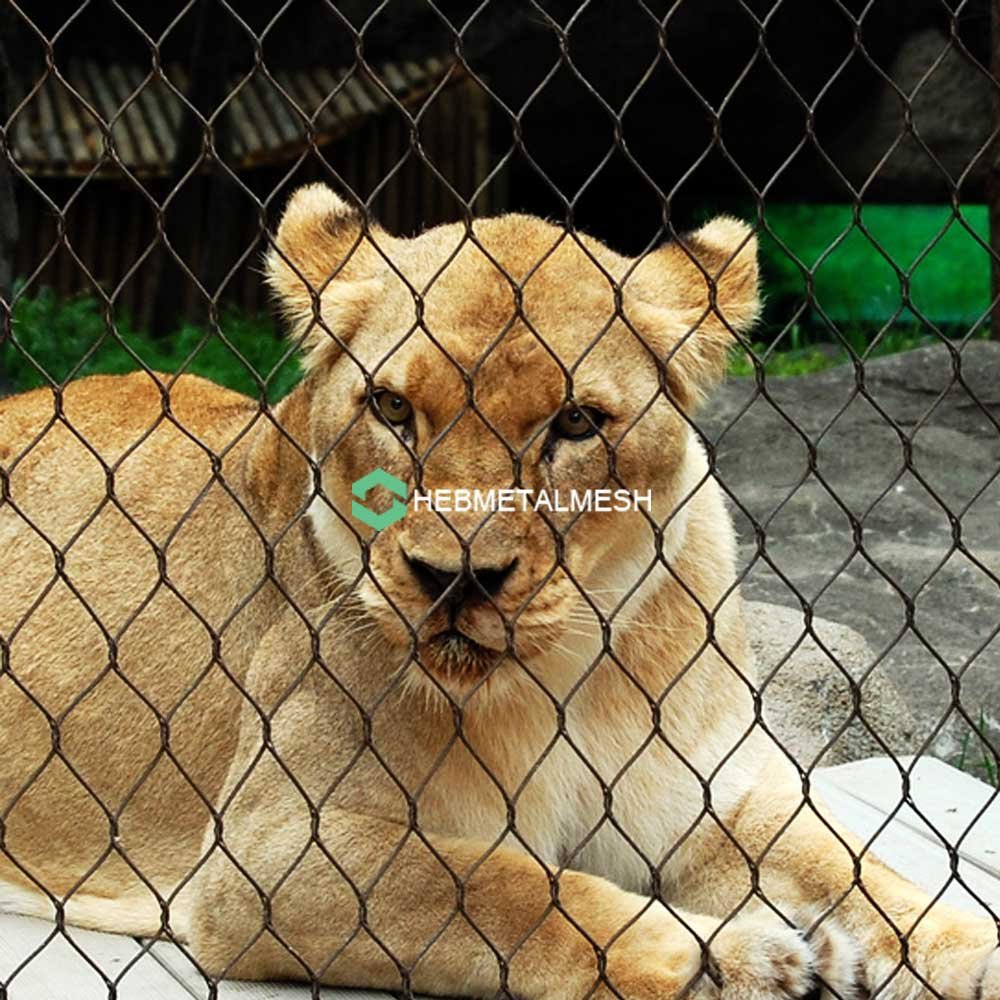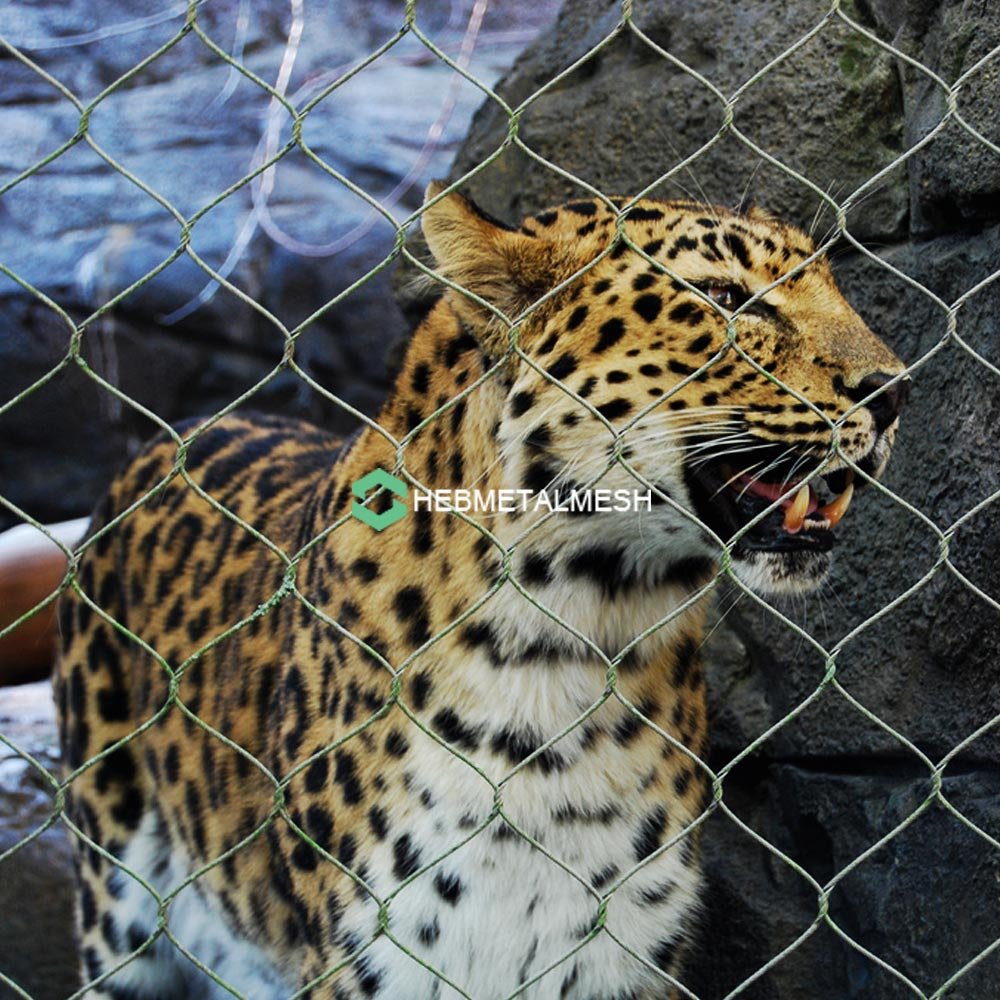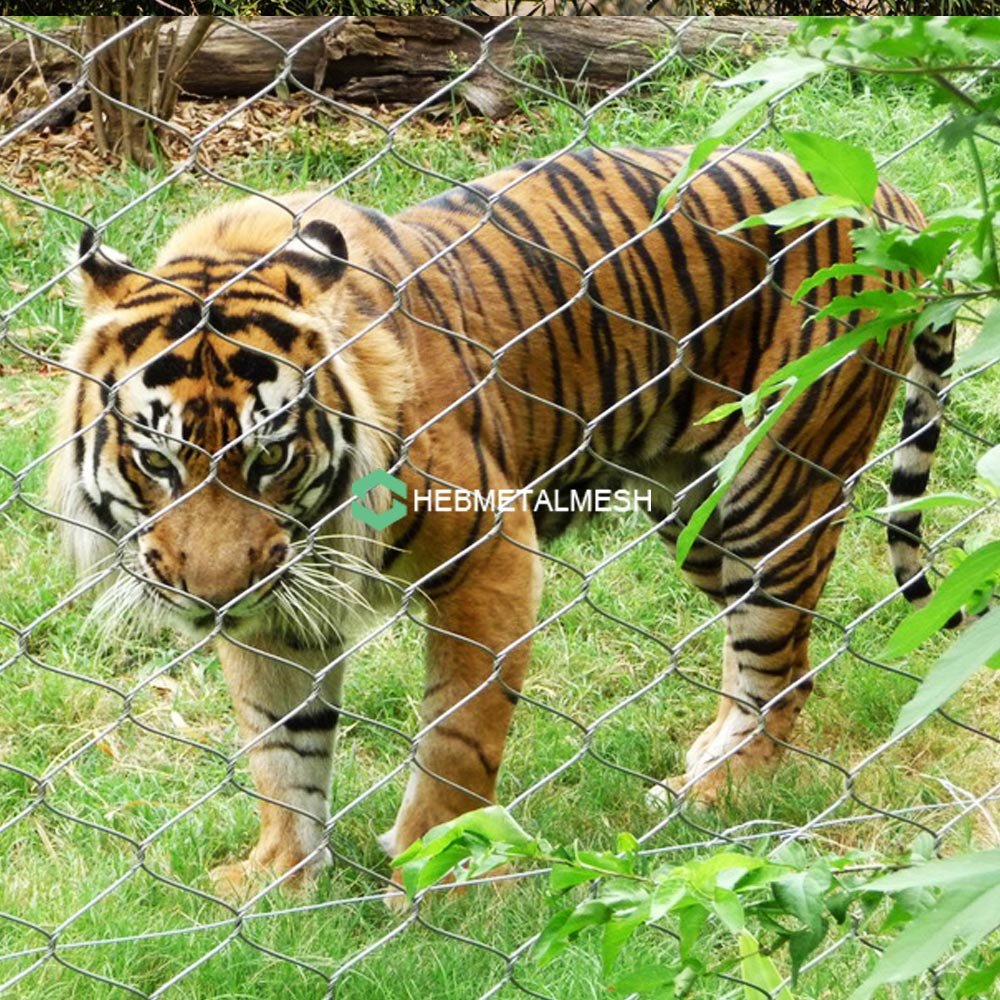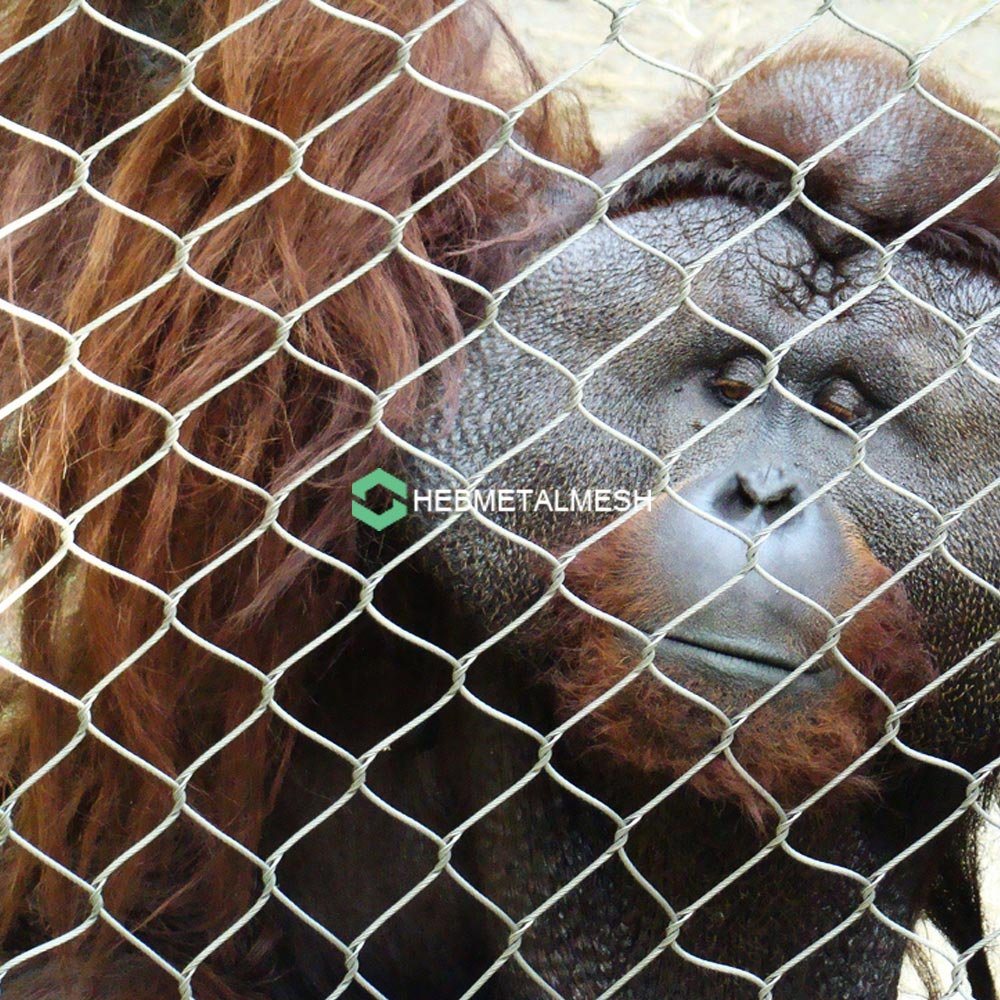Step into the remarkable world of animal enclosures and witness the profound transformation they have undergone throughout history. From the restrictive cages of old to the vast conservation zones of today, the evolution of animal enclosures has been nothing short of extraordinary.
In this captivating article, we delve into the captivating story of how animal enclosures have evolved over time. We explore the transition from small, barren cages to expansive habitats designed to mimic the animals’ natural environments. Discover how this evolution has not only enhanced the well-being and welfare of the animals but also revolutionized the way we perceive and interact with them.
From the early menageries of ancient civilizations to the modern-day wildlife parks and sanctuaries, the concept of animal enclosures has shifted from mere captivity to conservation and education. Gain insights into the innovative approaches and strategies employed to create dynamic and immersive experiences for both animals and visitors.
Join us on this enlightening journey as we uncover the fascinating history and revolutionary changes that have shaped the evolution of animal enclosures. Prepare to be amazed by the strides made in animal welfare and the significant role these enclosures play in conservation efforts.
Keywords: evolution of animal enclosures, cages, conservation zones
Traditional animal enclosures – cages and zoos

For centuries, the primary means of housing animals for public display were small, barren cages and enclosures. These traditional animal enclosures were often found in zoos, circuses, and other forms of animal-based entertainment. The animals were confined to limited spaces, with little consideration for their natural behaviors, habitats, or welfare.
In the early days of zoos, the focus was on the collection and display of exotic animals, rather than on their well-being. Cages were designed to showcase the animals, often prioritizing the convenience and spectacle for human visitors over the animals’ needs. These cramped, unnatural environments caused immense stress and suffering for the captive creatures.
As public awareness and scientific understanding of animal behavior and welfare grew, the shortcomings of these traditional animal enclosures became increasingly evident. The animals’ physical and psychological needs were often neglected, leading to a range of health and behavioral issues, such as stereotypic behaviors, aggression, and even self-harm.
Ethical concerns with traditional animal enclosures

The ethical concerns surrounding traditional animal enclosures became a driving force for change in the way we approach the housing and care of captive animals. Animal welfare advocates, scientists, and the general public began to question the morality of keeping animals in such restrictive and unnatural environments.
One of the primary ethical concerns was the lack of respect for the animals’ inherent rights and the failure to acknowledge their sentience and capacity to experience suffering. The confinement and deprivation of their natural behaviors were seen as a violation of their essential needs and a denial of their inherent worth.
Moreover, the traditional enclosures often failed to provide adequate space, enrichment, and opportunities for the animals to engage in natural behaviors, leading to physical and psychological distress. The animals were deprived of the ability to express their natural instincts, such as foraging, socializing, and exploring their surroundings, which are crucial to their well-being.
The rise of conservation zones

In response to the growing ethical concerns and the recognition of the need for more humane and naturalistic animal enclosures, a shift towards the concept of conservation zones began to emerge. These innovative enclosures were designed to mimic the animals’ natural habitats, providing them with ample space, diverse environments, and opportunities to engage in their natural behaviors.
The rise of conservation zones marked a significant departure from the traditional cages and enclosures of the past. These new habitats were created with the primary goal of not only housing animals but also preserving and protecting endangered species, as well as educating the public about the importance of conservation.
Conservation zones prioritized the animals’ welfare and their ability to thrive in environments that closely resembled their natural settings. By replicating the animals’ native ecosystems, these enclosures aimed to reduce stress, promote natural behaviors, and foster healthier, more content captive populations.
Benefits of conservation zones for animals

The shift towards conservation zones has brought about numerous benefits for the animals housed within these innovative enclosures. By prioritizing the animals’ well-being and natural behaviors, these habitats have significantly improved the quality of life for captive creatures.
One of the most significant benefits is the increased space and complexity of the environments. Conservation zones often feature vast, expansive areas that allow the animals to roam, explore, and engage in their natural behaviors, such as foraging, socializing, and even breeding. This level of freedom and environmental enrichment has been shown to reduce stress, anxiety, and stereotypic behaviors, which were common in traditional cages and enclosures.
Moreover, the conservation zones often incorporate various features that mimic the animals’ natural habitats, such as vegetation, water sources, and even simulated weather patterns. This attention to detail helps to create a more immersive and stimulating experience for the animals, reducing the disconnect between their captive environment and their natural instincts.
Examples of successful conservation zones

The transformation from traditional animal enclosures to conservation zones has been a global phenomenon, with numerous examples of successful and innovative habitats around the world. These exemplary conservation zones have set new standards for animal welfare and have become models for the future of captive animal care.
One notable example is the San Diego Zoo Safari Park in California, which has been at the forefront of this evolution. The park features expansive, naturalistic habitats that allow animals to roam freely, engage in their natural behaviors, and interact with their own species. The enclosures are designed to mimic the animals’ native environments, providing them with the resources and stimuli they would encounter in the wild.
Another inspiring example is the Bronx Zoo in New York, which has undergone a remarkable transformation in recent decades. The zoo has replaced many of its traditional enclosures with immersive, multi-acre habitats that prioritize the animals’ well-being. One of the standout exhibits is the Congo Gorilla Forest, which recreates the lush, tropical environment of the animals’ native habitat, allowing visitors to observe the gorillas in a more natural and engaging setting.
Challenges and criticisms of conservation zones

While the rise of conservation zones has brought about significant improvements in animal welfare, these innovative enclosures are not without their challenges and criticisms. Balancing the needs of the animals with the expectations and experiences of human visitors can be a delicate and complex task.
One of the primary criticisms is the potential for conservation zones to create a false sense of naturalness, where the animals’ behaviors and interactions are still heavily influenced by human intervention and management. Concerns have been raised about the extent to which these habitats can truly replicate the animals’ natural environments and whether the animals are genuinely able to express their full range of natural behaviors.
Additionally, the high costs associated with the development and maintenance of conservation zones have been a point of contention. The extensive resources required to create and sustain these large-scale, immersive habitats can be a significant financial burden for some institutions, potentially limiting their widespread adoption.
Balancing conservation and visitor experience

As the evolution of animal enclosures continues, a critical challenge lies in striking a balance between the needs of the animals and the expectations of the human visitors. Conservation zones must not only prioritize the well-being of the captive creatures but also provide an engaging and educational experience for the public.
One approach to this challenge is the incorporation of interpretive elements and interactive displays that enhance the visitors’ understanding and appreciation of the animals and their natural habitats. By seamlessly integrating educational resources and interactive experiences, conservation zones can foster a deeper connection between the visitors and the animals, ultimately promoting conservation efforts and inspiring positive change.
Moreover, the design and layout of these habitats must carefully consider the placement of viewing areas and the flow of visitor traffic. This ensures that the animals’ privacy and natural behaviors are not compromised, while still allowing visitors to observe and learn about the captive creatures in a respectful and engaging manner.
Future trends in animal enclosures

As the evolution of animal enclosures continues to unfold, it is clear that the future will bring even more innovative and transformative approaches to the way we house and care for captive animals. The ongoing commitment to animal welfare and conservation will drive the development of even more immersive, naturalistic, and technologically advanced enclosures.
One emerging trend is the integration of advanced technologies, such as virtual and augmented reality, to enhance the visitor experience while minimizing the impact on the animals. These technologies can create immersive, interactive environments that educate and inspire visitors without directly interfering with the animals’ natural behaviors and habitats.
Another trend is the increased emphasis on collaborative efforts between zoos, conservation organizations, and scientific researchers. By pooling their expertise and resources, these entities can work together to develop cutting-edge enclosures that not only provide exceptional animal welfare but also contribute to the preservation of endangered species and the advancement of conservation science.
Conclusion: The importance of responsible animal enclosures
The evolution of animal enclosures, from the restrictive cages of the past to the expansive conservation zones of today, has been a remarkable journey. This transformation has been driven by a growing understanding of animal welfare, a commitment to conservation, and a desire to create more ethical and responsible ways of housing and displaying captive creatures.
As we look to the future, it is clear that the importance of responsible animal enclosures will only continue to grow. These innovative habitats not only enhance the well-being of the animals but also serve as vital tools for education, conservation, and inspiring positive change in the way we interact with and protect the natural world.
By embracing the principles of conservation, prioritizing animal welfare, and balancing the needs of both the animals and the visitors, we can create a future where captive animals thrive, and the public is inspired to become active stewards of the environment. The evolution of animal enclosures is a testament to our collective commitment to creating a more sustainable and compassionate world for all living beings.


